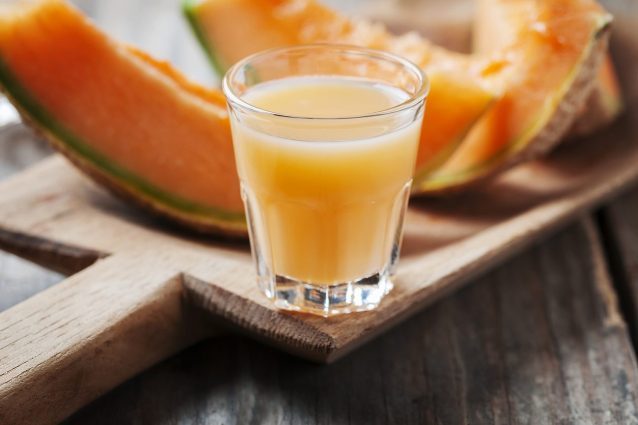;)
Melon is undoubtedly one of the symbolic fruits of summer, perfect for refreshing our meals and the star of iconic 80s-style appetizers. Fragrant and sugary, firm and juicy at the right point, the melon is low in calories, rich in beta-carotene, skin-friendly and diuretic. But to enjoy all its benefits it is important to taste it ripe when slicing and biting it is a moment of pure pleasure.
Why is it so important to know how to recognize a melon that is ripe at the right point? Because the sugars are concentrated in the pulp "only" during the last week of ripening, at that precise moment when the melon takes on the flavor and texture that characterize it and make it so sweet. How to do, then? Sound, compactness, scent and a few tips; let's learn to recognize ripe melon, with some tasty ideas to enjoy it in the kitchen.
How to recognize a ripe melon

To be sure that the melon you are going to buy is really ripe and ready to be tasted, you will have to pay attention to a few simple elements:
Color: especially if we are talking about cantaloupe melon with orange pulp, the ripe melon has a pale yellow, almost brownish color. If on the greengrocer's counter you find still green melons, leave them there, they are not ripe yet;
Sound: you read that right, even if we are not talking about musical instruments, in this case sound is also important. To find out if the melon is ripe, do not be shy and "knock" with your knuckles on the surface, if you hear a kind of an "empty" sound it means that the pulp is still hard and dry and therefore has not reached the right ripening; better a "deaf" sound, that is a sign of ripening; unfortunately, not everywhere they will make you "knock" on the melon, so go elsewhere.
Compactness: if you feel a soft compactness by applying a very light pressure with your fingers on the two ends, the melon is ripe;
Petiole: more than a signal, looking and touching the petiole is an infallible tip. If it is dry and easy to detach and the crown is marked by slight cracks, it means that the sugar level of the melon is high and therefore the fruit is at the right point of ripening;
Scent: last but not least, perhaps the most important element to be sure that the melon is really ripe is its smell. Approach gently and smell it, the characteristic and intense sweet scent will ensure that the melon you have in your hands is the right one.

How to use melon in cooking
Have you recognized, chosen and brought the ripe melone home and are you wondering how to enjoy it in some delicious recipes? Like almost all summer fruit, perhaps the best way is to serve it simply cut into slices but, if you like to play in the kitchen, you can use melon to prepare a very fresh homemade ice cream, perfect for tasty snacks and after meals, or to bring on the table a scenographic and delicious Bavarese with melon and amaze your guests. Savory dishes? Absolutely yes; definitely try the cold pasta with rocket and melon or an incredible and winning melon salad with provolone and mixed salad; balanced dishes rich in taste, but above all simple and quick to prepare.
;Resize,width=712;)


;Resize,width=767;)
